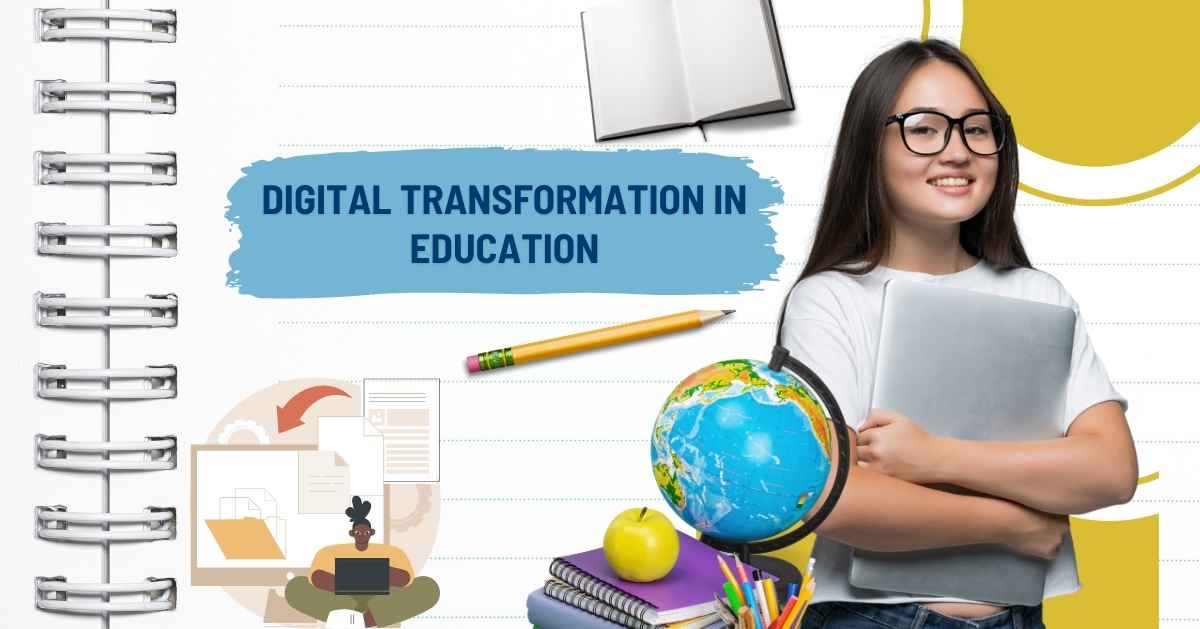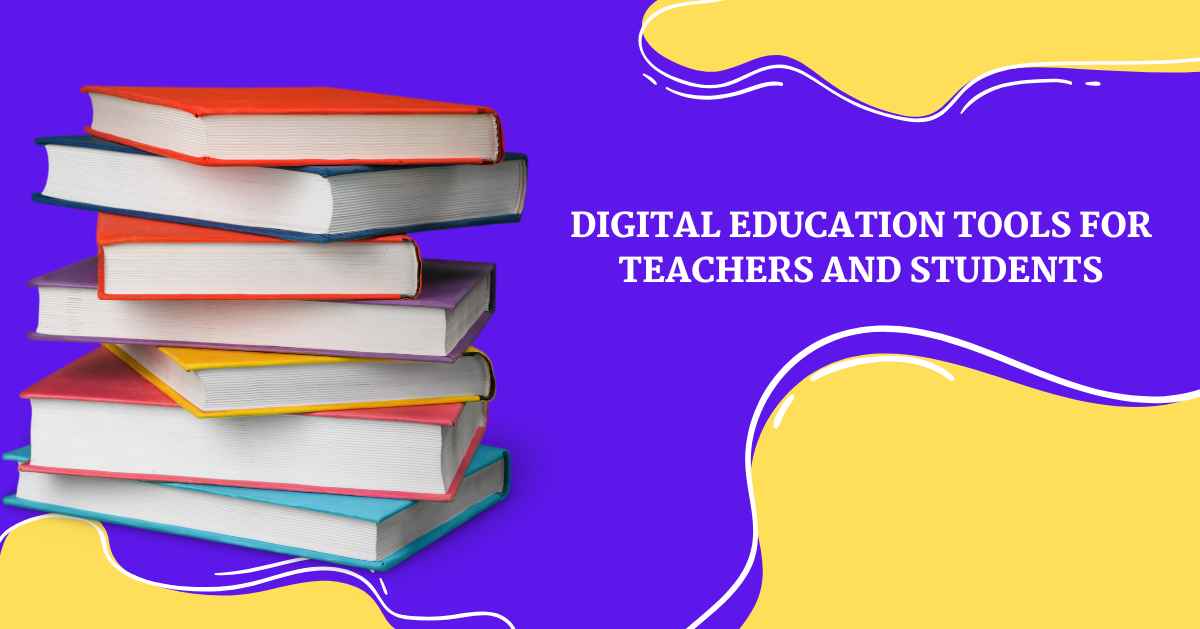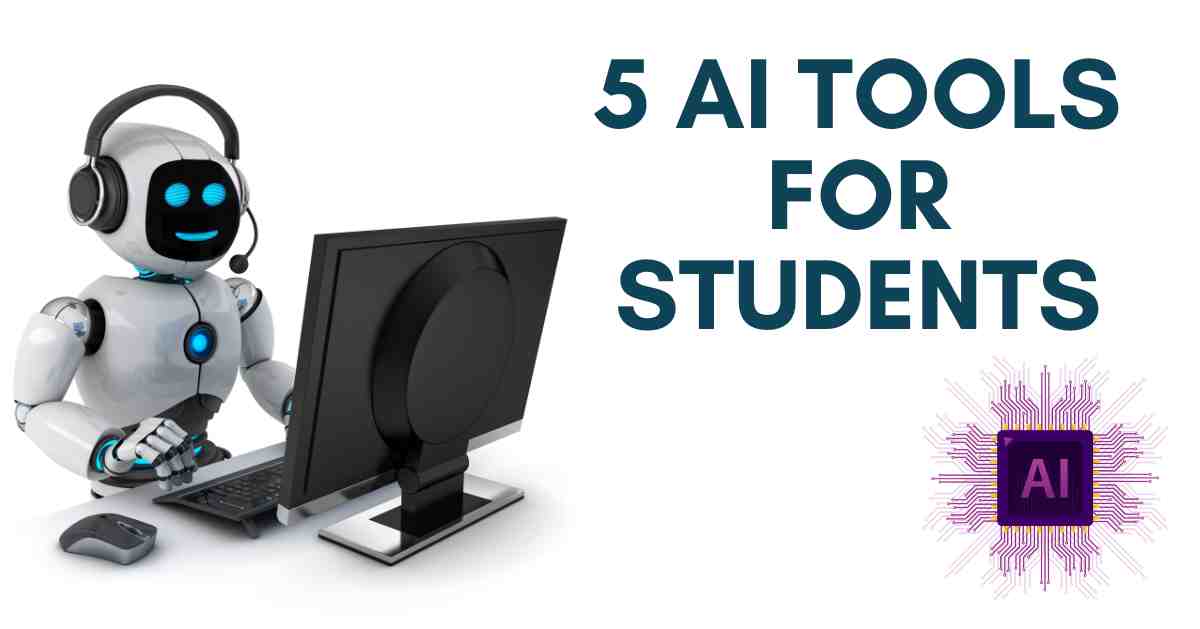Digital Transformation in Education: Key Areas and Challenges

The pandemic brought about a massive and rapid shift to digital methods in many industries, especially education. Currently, 65% of the world’s population uses the internet and they are embracing it eagerly.
This article explores how digital transformation has changed education—from integrating technology in classrooms to altering how students learn. The education sector continues to evolve and grow, and we’ll highlight some trends to watch for in the future.
Let’s examine how digital transformation is affecting education today.
What is Digital Transformation in Education?
Digital transformation in education uses technology to improve the experiences of students, teachers, alumni, and administrators. It makes various tasks easier and more efficient. Here’s what it offers:
- Easy enrollment for students.
- Interactive and engaging learning experiences.
- Better learning results.
- Flexible courses that can be accessed from any device at any time.
- Improved ways to track student performance.
- Smooth administration processes for schools, colleges, and universities.
Key Areas of Digital Transformation in Education
Digital transformation in education encompasses several key areas that leverage technology to enhance teaching, learning, and administration. Here are the primary areas:
1. Online Learning and e-Learning Platforms:
Learning Management Systems (LMS): Platforms like Canvas, Moodle, and Blackboard provide online courses, track student progress, and facilitate communication between students and instructors.
Massive Open Online Courses (MOOCs): Websites like Coursera, edX, and Udacity offer courses from leading universities and organizations to a global audience.
2. Interactive and Personalized Learning:
Adaptive Learning Technologies: Systems like Knewton and Smart Sparrow use algorithms to personalize learning experiences based on individual student needs and performance.
Gamification: Incorporating game elements into education to increase engagement and motivation, using platforms like Kahoot! and Classcraft.
3. Collaborative Tools and Communication Platforms:
Video Conferencing: Tools such as Zoom, Microsoft Teams, and Google Meet facilitate virtual classrooms and meetings.
Collaboration Software: Tools like Google Workspace and Microsoft 365 enable real-time collaboration on documents, presentations, and projects.
4. Artificial Intelligence (AI) and Machine Learning:
AI Tutors and Chatbots: Virtual assistants that provide immediate feedback, answer questions, and offer tutoring, such as IBM’s Watson Tutor.
Predictive Analytics: Using data to predict student outcomes and provide early interventions.
5. Augmented Reality (AR) and Virtual Reality (VR):
Immersive Learning Experiences: Using AR/VR to create simulations and virtual labs, enhancing subjects like biology, history, and engineering. Examples include Google Expeditions and Labster.
6. Digital Assessment and Evaluation:
Online Quizzes and Exams: Platforms that enable secure, remote testing with tools for automated grading and feedback, like ProctorU and ExamSoft.
e-Portfolios: Digital portfolios where students can compile and showcase their work over time.
7. Data Analytics and Learning Analytics:
Learning Analytics Dashboards: Tools that provide insights into student engagement, performance, and learning patterns, helping educators to make data-driven decisions.
Educational Data Mining: Analyzing educational data to improve learning outcomes and institutional effectiveness.
8. Cloud Computing:
Storage and Access: Cloud services like Google Drive and Dropbox offer scalable storage solutions and remote access to educational resources.
Software as a Service (SaaS): Educational tools and platforms hosted in the cloud, reducing the need for on-premises infrastructure.
9. Internet of Things (IoT):
Smart Classrooms: Using IoT devices to create interconnected classrooms with smart boards, sensors, and other devices to enhance learning environments.
10. Cybersecurity and Data Privacy:
Protecting Student Data: Implementing robust security measures to protect sensitive information, adhering to regulations like FERPA (Family Educational Rights and Privacy Act).
11. Professional Development and Training:
Teacher Training Programs: Offering continuous professional development through online courses, webinars, and workshops to help educators integrate technology into their teaching practices.
12. Digital Content and Open Educational Resources (OER):
Digital Textbooks and Resources: Providing access to a wide range of digital learning materials and textbooks.
OER Initiatives: Encouraging the use of freely accessible and openly licensed teaching materials.
By focusing on these areas, educational institutions can enhance the learning experience, improve operational efficiency, and better prepare students for a digitally driven future.
Challenges in Digital Transformation in Education
Even though the pandemic pushed schools to use more technology, many still prefer traditional teaching methods. Here are some key challenges in transforming education:
Lack of a Clear Strategy and Willingness to Change
Slow Adoption: As things return to normal, schools are going back to regular physical classes, slowing the adoption of technology.
Justifying Investments: It’s hard to justify spending on new technologies without a clear strategy.
Personnel-Driven Sector: Education relies heavily on people rather than automated systems. This lack of user-friendly technology leads to high training costs and delays, as administrators often need third-party help to make changes.
Need for Strategy: Schools need a clear plan to introduce technology in phases, covering admissions, classrooms, and teacher training, with a system to track progress.
Insufficient Tech Knowledge
Learning Curve: Teachers and staff are focused on helping students and may struggle with complex technologies.
Intuitive Tools Needed: Simple, user-friendly tools, like LeadSquared, which centralize student information and automation, have higher adoption rates.
Regular Training: Schools should provide ongoing training for staff to stay updated and become comfortable with new systems. Partnering with technology providers can boost adoption rates.
Dealing with System Breakdowns
Compliance and Data Security: Schools must handle data securely and comply with regulations. Technical issues, errors, and data breaches can be very harmful.
Lack of Tech Knowledge: Limited tech skills can lead to more errors and reliance on external help.
Invest in Reliable Technology: Schools should invest in stable, secure, and scalable technology to prevent breakdowns and quickly resolve any issues.
Case Study: Improving Student Experiences with Technology
A leading online GMAT training institute successfully adopted technology to enhance the overall student experience. This shows how effective technology can be when integrated properly.
Conclusion:
Digital transformation in education brings significant benefits, like interactive learning and better tracking of student performance. Despite challenges like slow adoption and tech knowledge gaps, strategic planning, regular training, and investing in reliable technology can enhance education, as shown by successful examples like online GMAT training.






